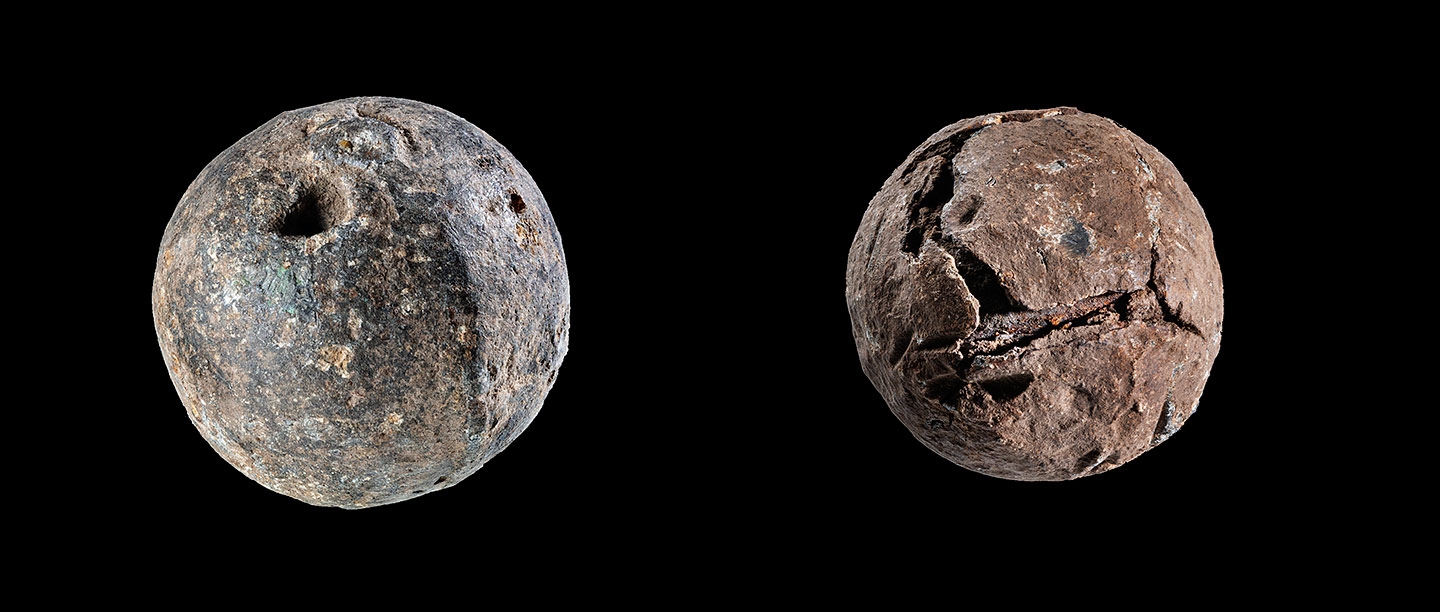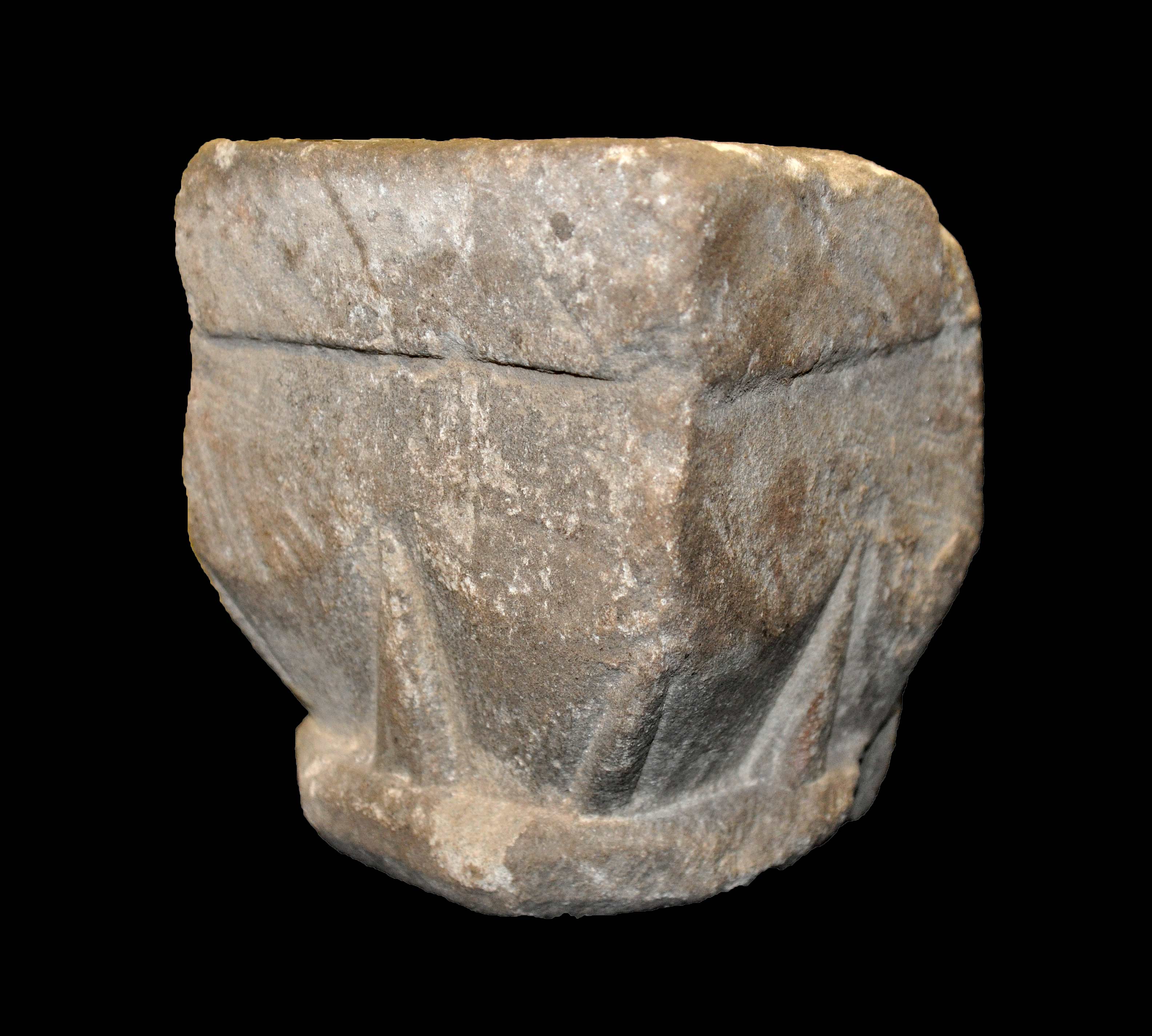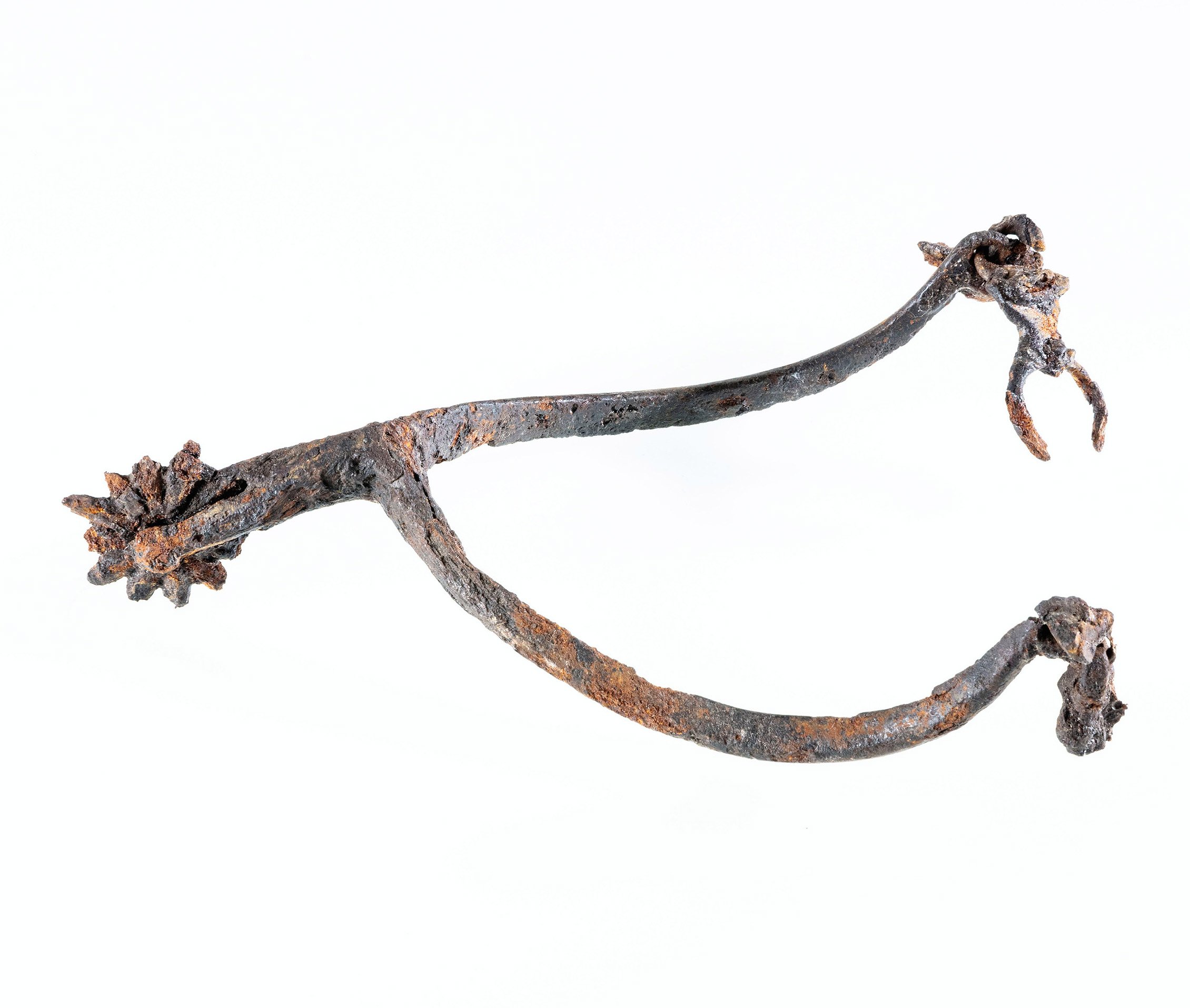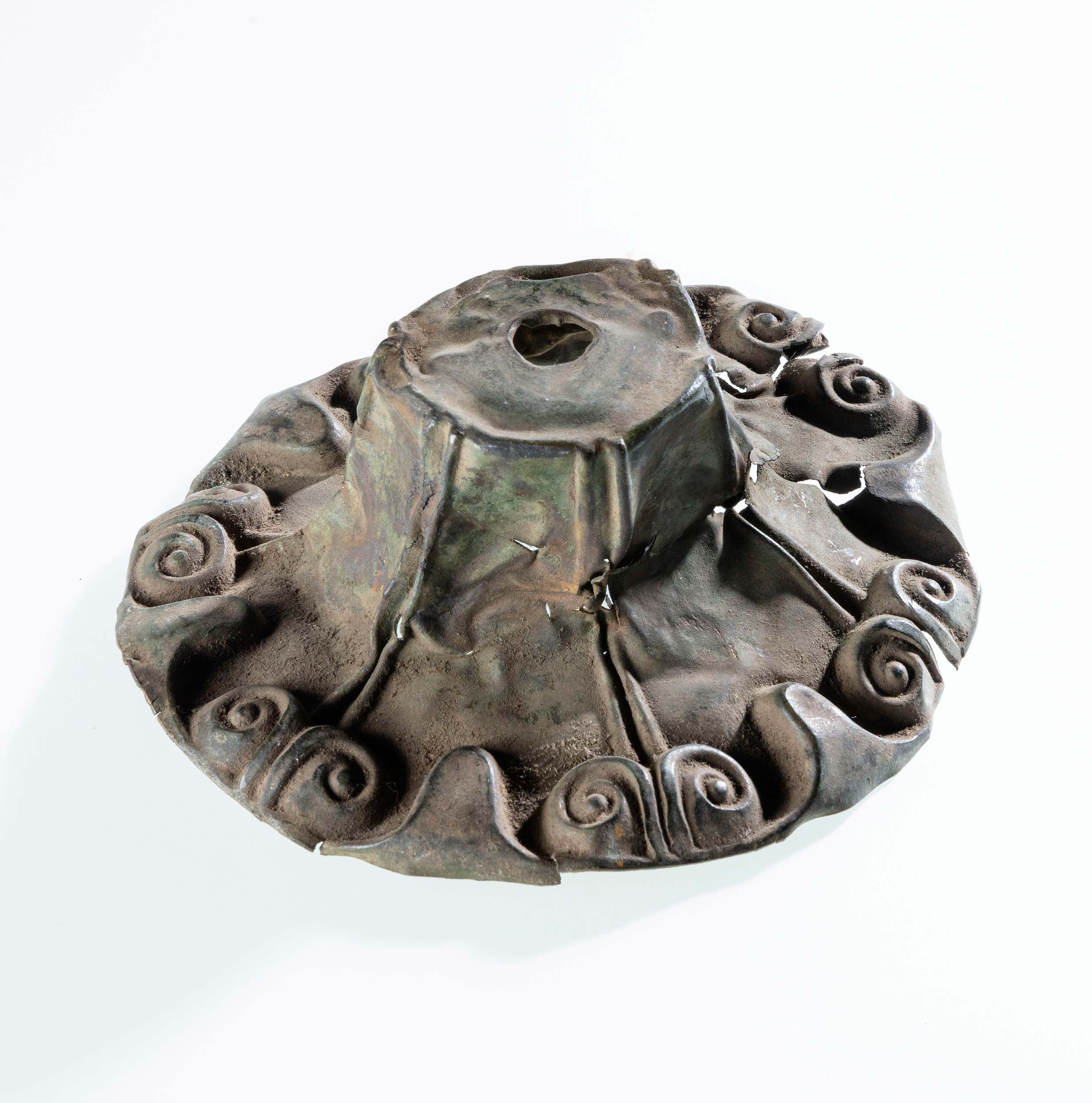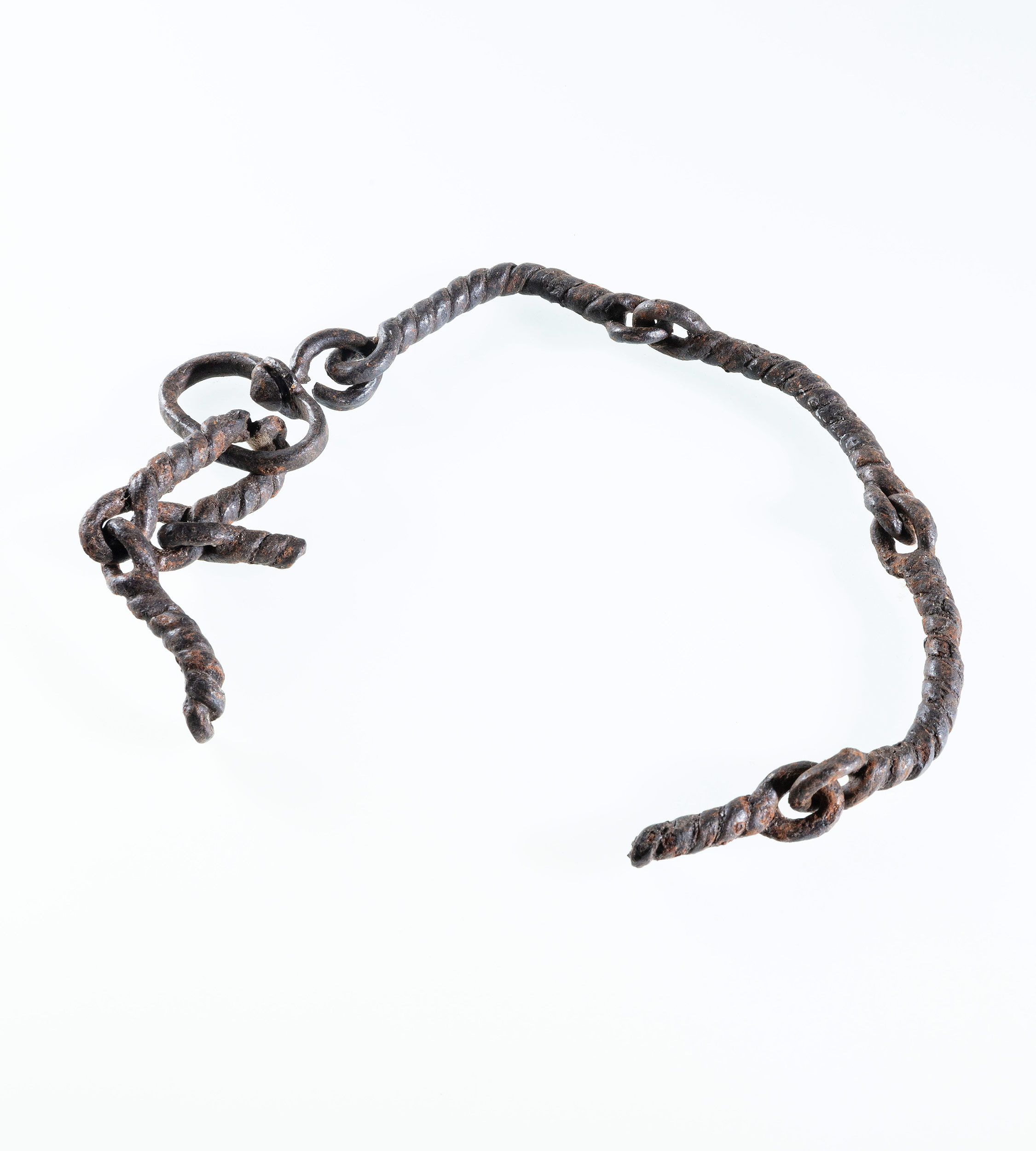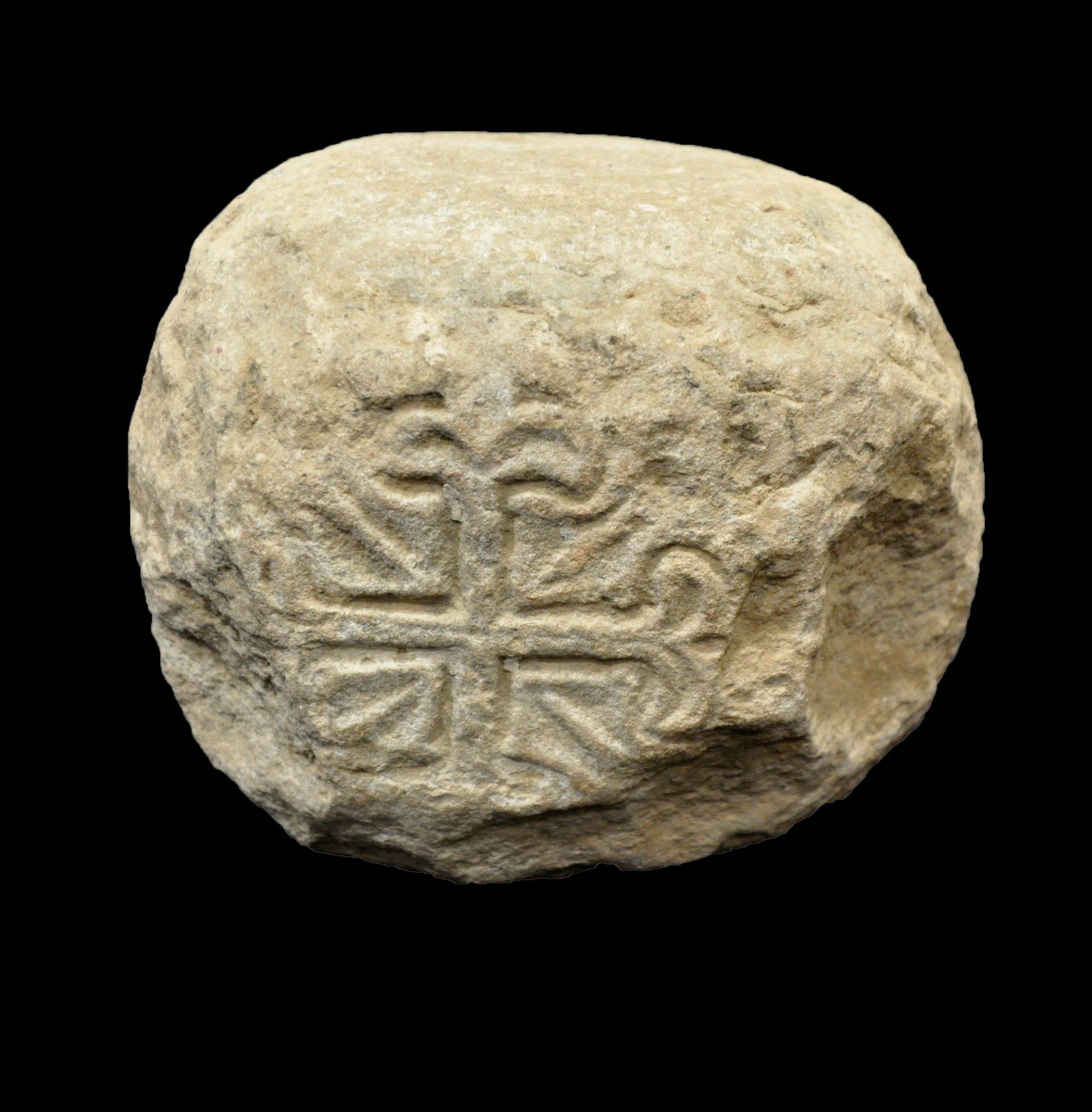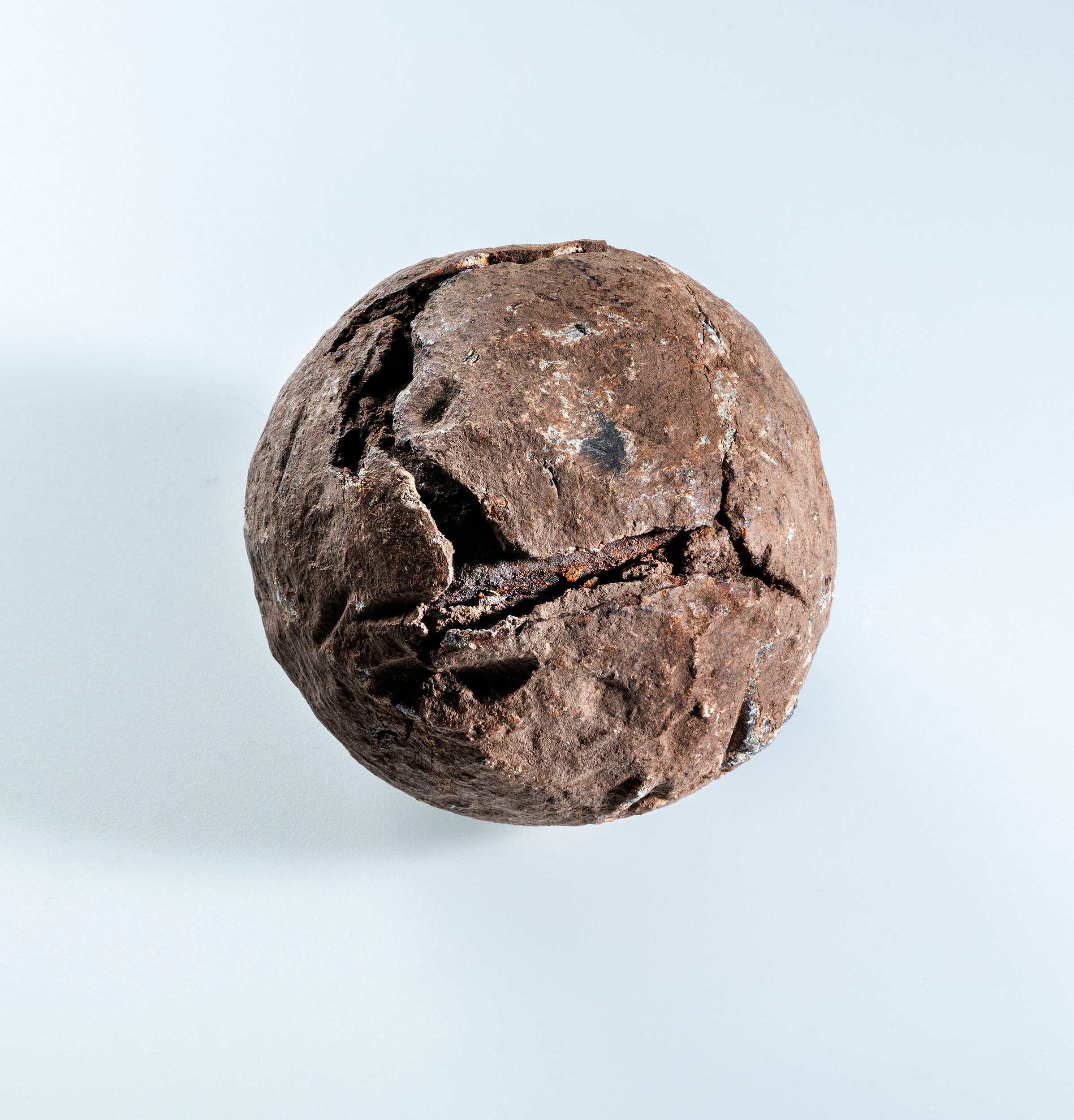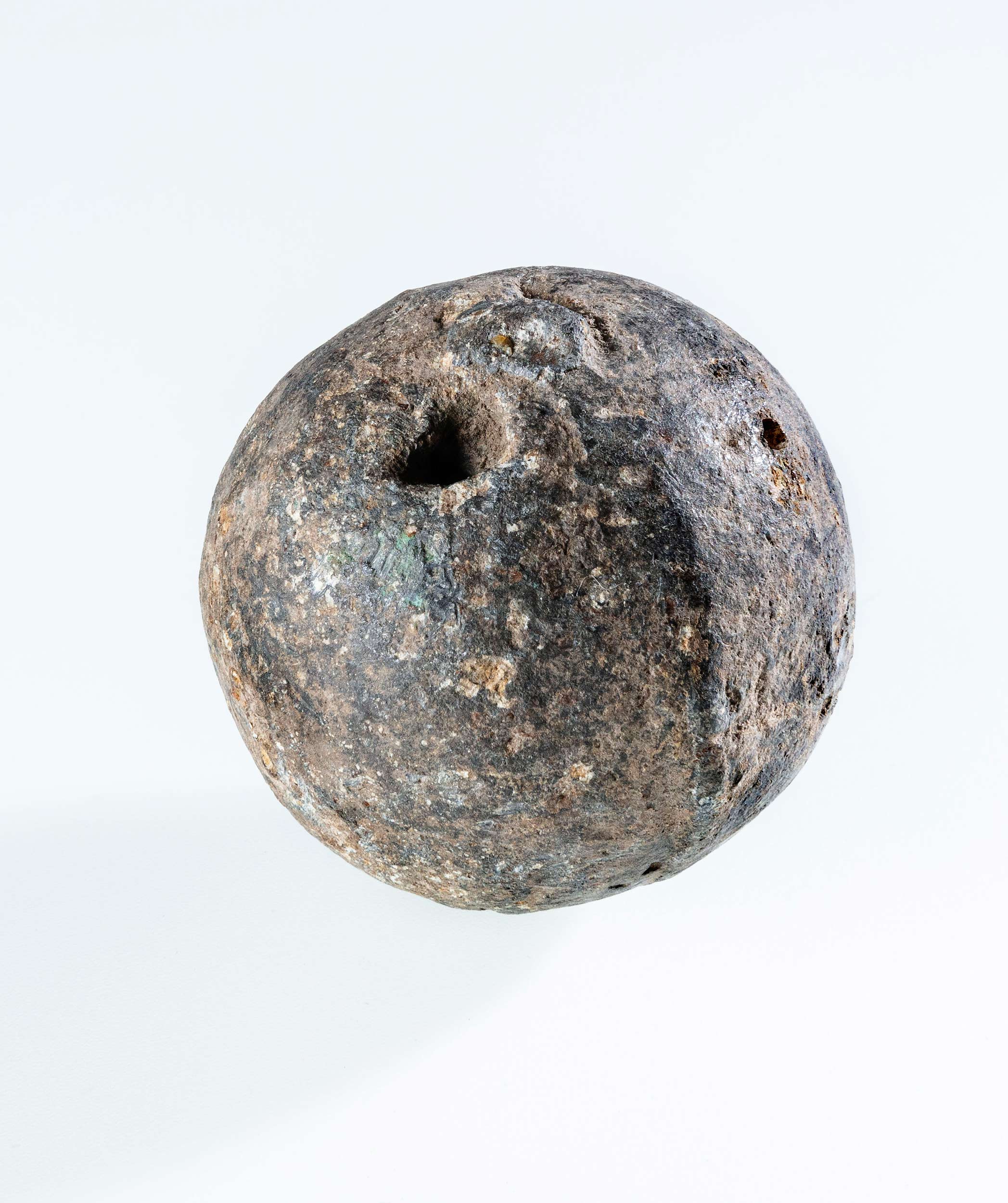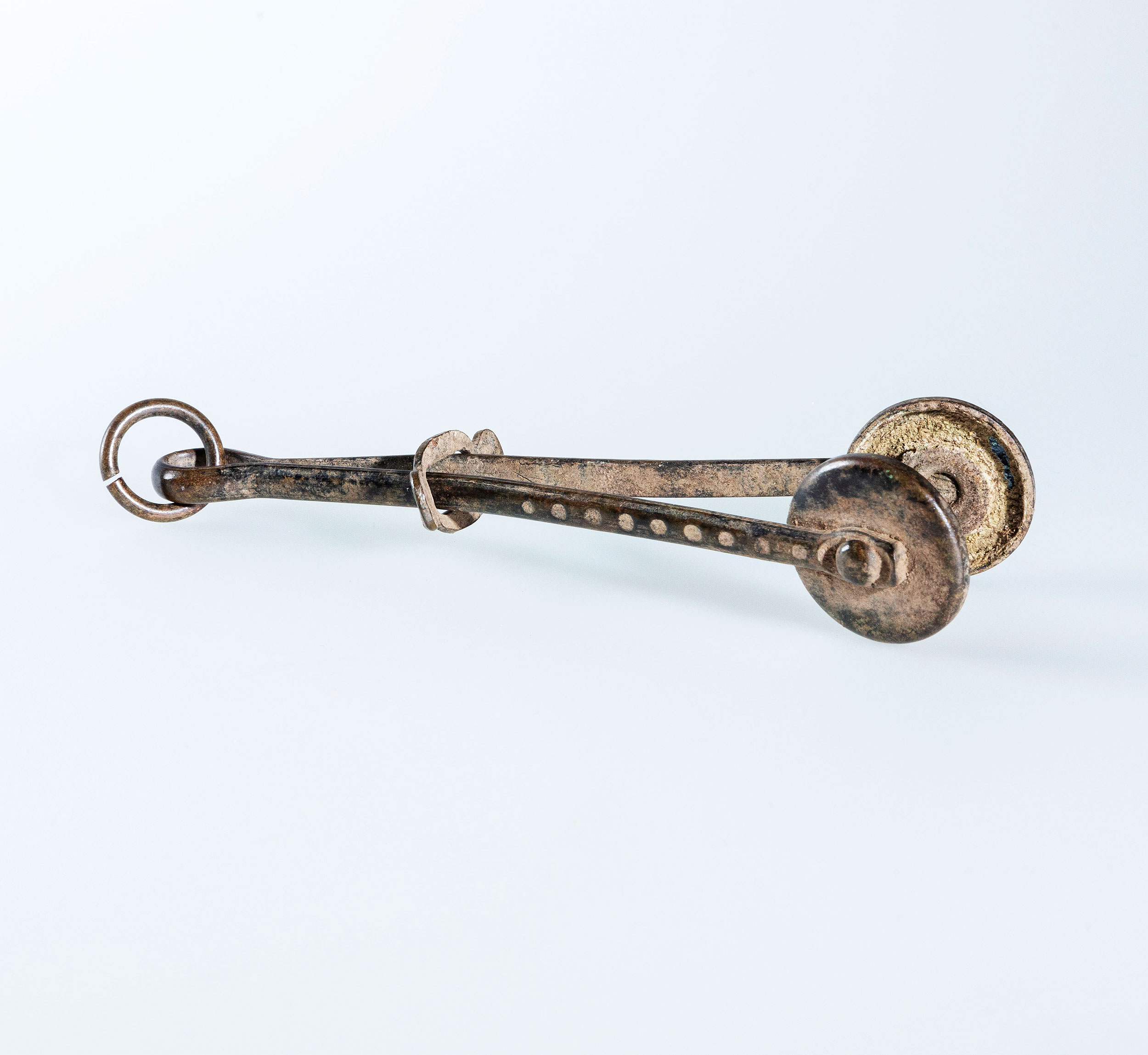The ruins of Norham Castle were placed into the care of the Office of Works in 1923. The clearance work that followed between 1923 and 1926, to facilitate consolidation of the monument and provide public access, yielded the finds that form the majority of the English Heritage collection, including all the objects below. Earlier discoveries by local antiquarians, which provide evidence for Anglian and prehistoric occupation, are held in private ownership or by other museums.
Find out more
-
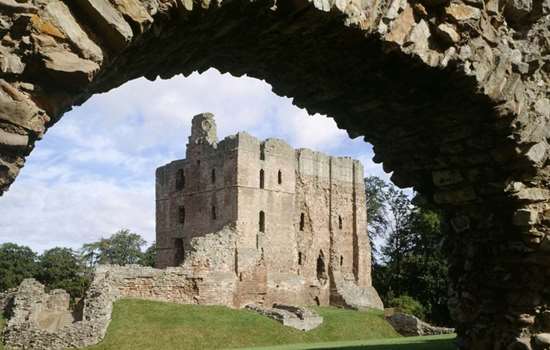
Visit Norham Castle
Visit the extensive remains of the castle, which ranks among the finest sights in the border country.
-
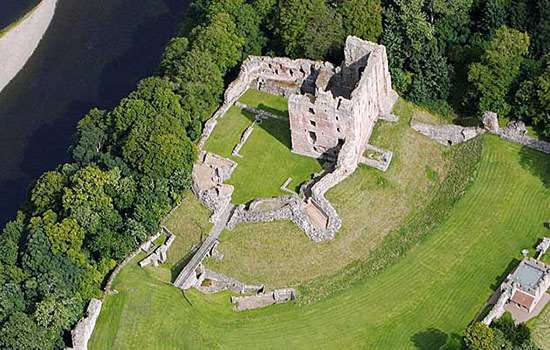
History of Norham Castle
Find out more about the history of the castle, one of the most important strongholds in this once turbulent region.
-
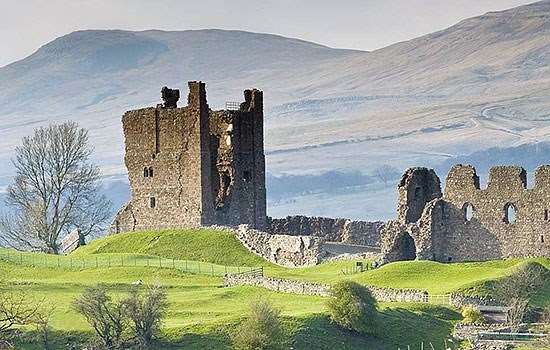
Medieval Castles
Discover the stories held within the walls of England’s greatest fortifications and learn about the rise and fall of the medieval castle.
-
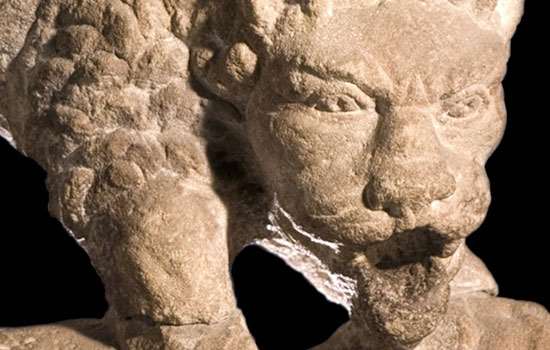
Collections Highlights
English Heritage cares for more than 700,000 objects. Browse collections highlights from English Heritage sites across the country.
